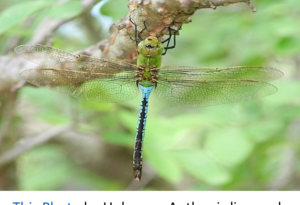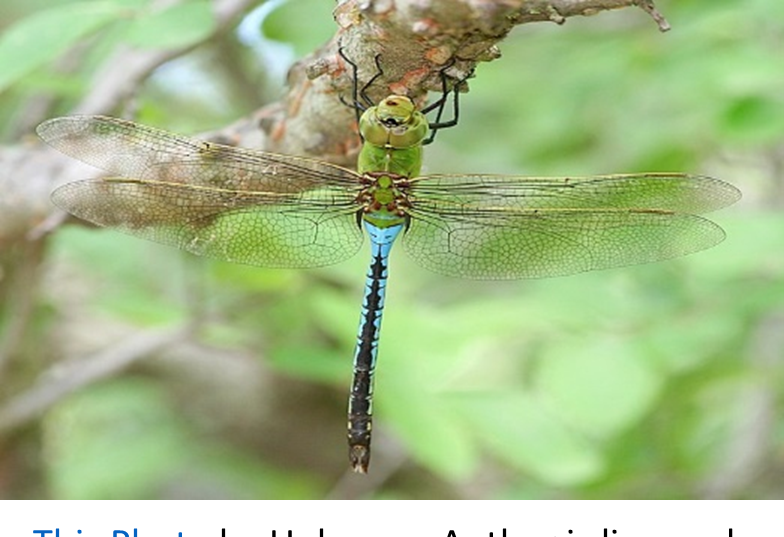Forest County, with its pristine lakes, lush forests, and abundant wildlife, is a region known for its natural beauty. However, hidden in this picturesque landscape is a remarkable natural phenomenon that often goes unnoticed—the dragonfly migration. I didn’t know they did this!
Each year, thousands of dragonflies embark on an extraordinary journey, traveling great distances to find suitable breeding grounds. The dragonfly migration in Northern Wisconsin typically occurs during the late summer and early fall months, making it a seasonal spectacle that draws the attention of both researchers and nature enthusiasts. These insects, which are often associated with bodies of freshwater, follow a well-defined route that takes them from their breeding grounds to warmer regions where they can find adequate food and shelter for the winter.
The migration route of Northern Wisconsin’s dragonflies often includes following the shoreline of Lake Superior, which provides ample food sources and suitable resting spots along the way. Lake Superior’s size and unique ecosystems make it an essential corridor for dragonflies migrating from the northernmost parts of the state. As the dragonflies traverse this route, they create mesmerizing displays in the skies, with their colorful wings catching the sunlight.
One of the most captivating aspects of dragonfly migration in Northern Wisconsin is the visual spectacle it creates. Thousands of dragonflies, including species like the Common Green Darner and the Widow Skimmer, form massive swarms that can extend for miles. These swarms can be seen gliding gracefully above lakes, rivers, and wetlands, making for a breathtaking natural phenomenon.  Common Green Darner
Common Green Darner
As dragonflies migrate, they display impressive aerial acrobatics, with individuals weaving in and out of the swarm, creating intricate patterns in the sky. This behavior is believed to help the dragonflies confuse predators, such as birds and other insects. Observing this dance of nature is not only visually stunning but also a testament to the resilience and adaptability of these remarkable insects.
Dragonflies migrate for survival and reproduction. The journey southward allows them to escape the harsh Northern Wisconsin winters, where freezing temperatures and ice-covered water bodies would make survival difficult. Instead, they seek out milder climates where they can find food sources and lay their eggs in more hospitable conditions.
Dragonfly migration in Northern Wisconsin is a vital aspect of the region’s ecology, as these insects play a crucial role in controlling populations of smaller insects like mosquitoes. Understanding their migration patterns and behaviors is essential for conserving both dragonfly populations and the ecosystems they inhabit.
Researchers in Northern Wisconsin have been working diligently to study this unique migration phenomenon. By tracking dragonflies’ movements through the use of radio transmitters and citizen science initiatives, scientists have gained valuable insights into the routes, timing, and environmental factors that influence dragonfly migration. This information contributes to our understanding of the broader impacts of climate change and habitat degradation on these incredible insects.
For those lucky enough to witness dragonfly migration in Northern Wisconsin, it offers an opportunity to connect with the natural world in a profound way. Nature enthusiasts, photographers, and curious individuals flock to the region during migration season to witness the aerial ballet of dragonflies. Local organizations often host guided tours and educational events to raise awareness about the importance of preserving dragonfly habitats.
Conservation Corner is a weekly article produced by the Forest County Land & Water Conservation Department. For more information contact Steve Kircher, County Conservationist-Land Information/GIS Director at 715-478-1387 or by e-mail at .

